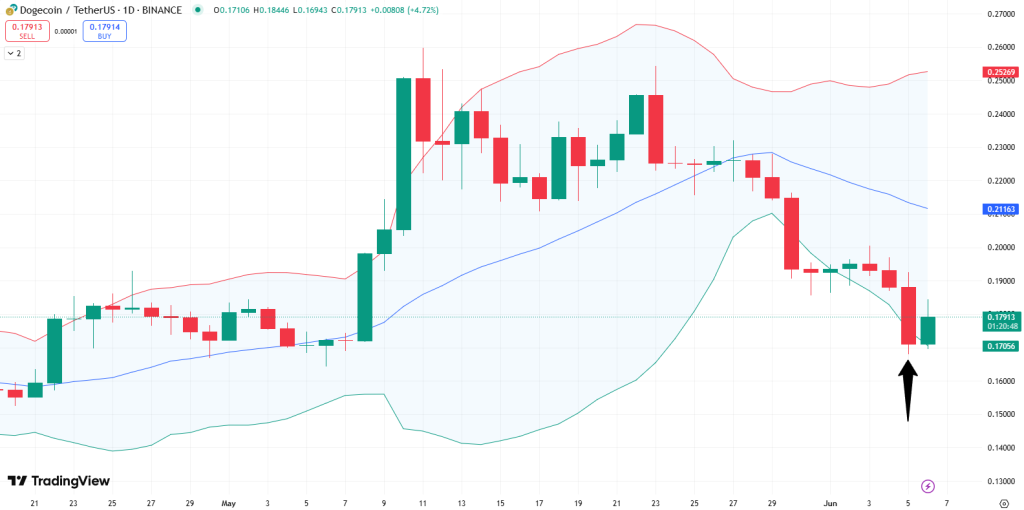China has opened the door for more overseas investors to access its prized $5tn interest rate swaps market, a move Beijing hopes can help stem a protracted sell-off of local debt as US rates rise.
The market link-up, known as Swap Connect, launched on May 15 and is similar to existing programmes in Hong Kong that allow offshore investors to trade bonds and stocks in Shanghai and Shenzhen.
Eddie Yue, chief executive of the Hong Kong Monetary Authority, said during a meeting in Beijing that allowing foreign investors to hedge the interest rate risk on their renminbi bonds “can prevent heavy sell-offs for bonds, decrease market volatility and improve financial stability”.
Enrico Bruni, head of Europe and Asia business at Tradeweb, a bond trading platform, said the “most direct impact is access to a liquidity pool that was untapped before”.
But while investors have welcomed the new channel for trading onshore derivatives, few expect it to turn the tide so long as the US Federal Reserve continues to wage an aggressive monetary tightening campaign.
Foreign investors using Hong Kong’s Bond Connect programme have dumped about Rmb220bn ($31bn) worth of Chinese government debt this year, bringing total outflows to more than Rmb903bn ($130bn) since early 2022.
Outflows have accelerated as repeated rate rises by the Fed have pushed US Treasury yields above their Chinese counterparts.
“Outflows from the China market are not because of whether [investors] have access to a certain scheme,” said one senior analyst with a bond market data provider in Asia. “That is [caused by] central bank interest rate divergence.”
Figures released by the China Foreign Exchange Trade System (CFETS), a central bank affiliate that runs the country’s interbank market, said 27 offshore investors — including HSBC, Deutsche Bank, BNP Paribas, Amundi, Citigroup, Bank of Malaysia, DBS and Standard Chartered — traded about Rmb8.3bn worth of swaps on the first day of the programme.
That was less than half the scheme’s total daily quota of Rmb20bn, which is divvied up among participating financial institutions. But the head of Hong Kong financial markets for one large European lender said initial demand was encouraging and that his team had already come close to hitting its daily quota after executing transactions for about half a dozen clients.
One Shanghai-based banker at a European lender said trading had been “tepid” since launch day. He warned that there were “plenty of operational issues to deal with and straighten out”, describing early trading as still being in “test mode” with technical glitches and clearance snags.
Despite such teething issues, there was broad consensus that the new trading scheme was central to the continued integration of Chinese and global finance.
“The Swap Connect is an important step for the [Chinese central bank] and China in opening up its financial market,” said Chen Xinquan, an economist at Goldman Sachs.
Chen said the new scheme was vital for foreign investors using Hong Kong’s popular Bond Connect scheme, which accounts for roughly 60 per cent of foreign exposure to the market in renminbi-denominated government debt.
While interest rate swaps with shorter maturities had ample liquidity, he said, trading activity for swaps with maturities of between 5 and 10 years was thinner, which made it harder for offshore investors to hedge longer-term interest rate risks.
International investors, Chen added, “definitely have exposure to both short and long-term bonds, with long-only [funds] and real money very interested in longer-term debt”.
Still, he said that 10-year government bond futures, which are not yet included in the programme, were “more effective hedging tools” for investors with exposure to longer maturities.
The head of one financial industry group was more blunt: “What investors really want access to is bond futures.”
Beijing has been reluctant to grant foreign traders greater access to its onshore government bond futures over concerns that they could disrupt the market, which, while more liquid compared with that for offshore bond futures, is relatively shallow in absolute terms.
However, some traders believed China would be quick to open its bond futures market now that the Swap Connect scheme had launched.
“Our expectation is that it won’t be that hard [for the programme] to expand into the longer duration, 7 to 10-year buckets, where liquidity is way deeper than offshore,” said the head of finance in Hong Kong at a European investment bank.
Further out, analysts expected Swap Connect to facilitate greater inflows for China’s renminbi debt market once Chinese bond yields finally climbed back above those of US Treasuries.
“The demand for the swap scheme is likely to rise in the future, especially when the rate environment prompts more inflows into Chinese government bonds,” said Chen Jianheng, head of fixed income research at brokerage group China International Capital Corporation.
Credit: Source link










